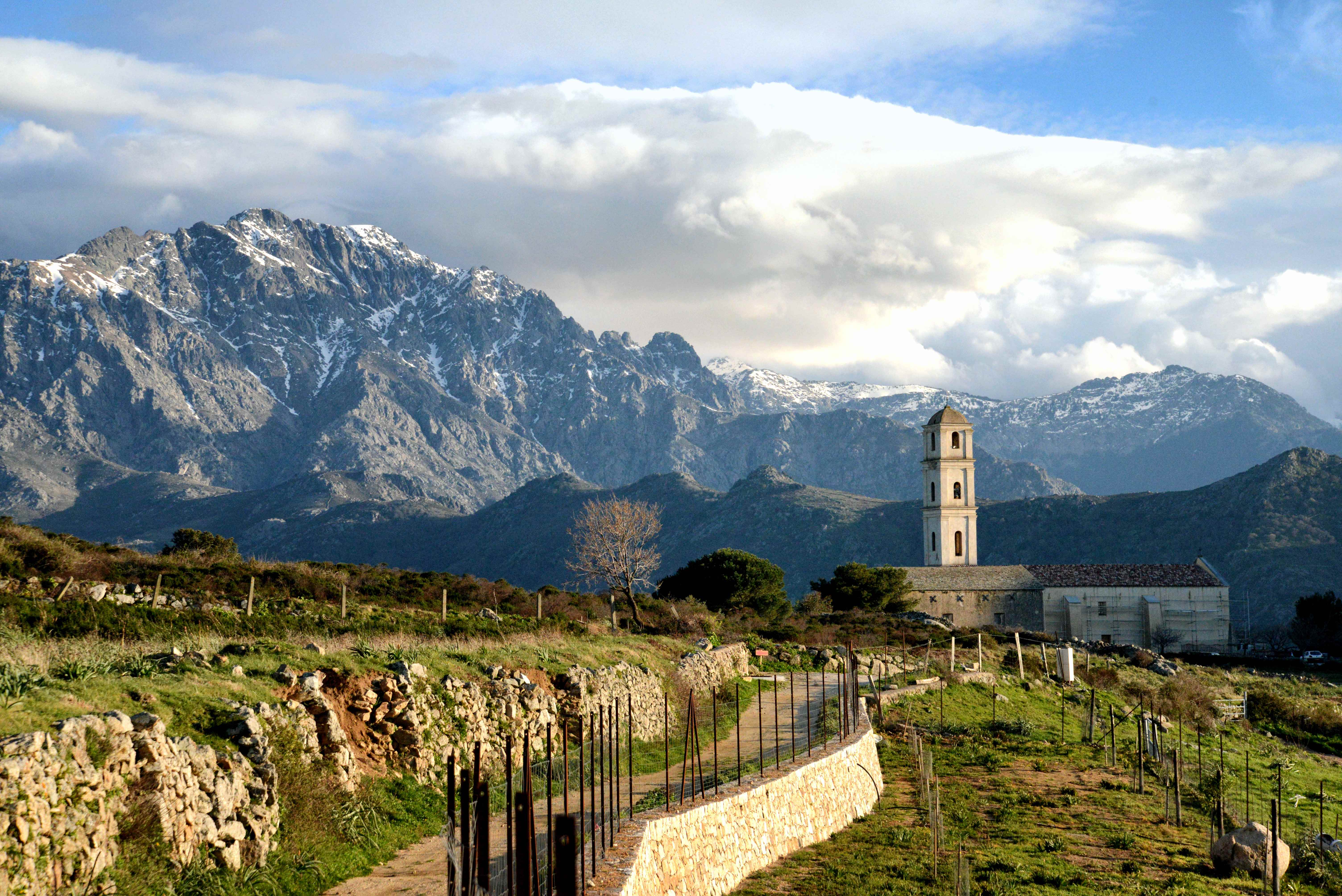Corsica, France (population 326,898)
Oblivious to many tourists, Corsicans go about their daily lives fully unaware they live in one of the most beautiful and untouched islands in the Mediterranean. In addition to some of the best beaches in the Mediterranean, the contrasts in physical beauty here are impressive: alpine forests in the backdrop of the Alta Rocca Mountain Range (great walking trails crossing deep gorges and glacial lakes reaching 3,840 feet), countless quaint, ageless villages, and charming harbor towns, and a uniquely Corsican culture/food. We are grateful for the small number of high-quality Corsican guides that serve our clients in this endearing land.
With its first inhabitants dating back to 3000 BC, Greeks first colonized the island in 540 BC. The Greeks were succeeded by the Romans and subsequent waves of various invaders and raiders that made their mark on Corsica. Following successive harsh rule by several Mediterranean kingdoms, the city-state of Genoa gained undisputed control of Corsica around 1500. In 1768, France acquired Corsica (the year before Napoleon’s birth in Ajaccio) and is officially designated as a Special Constitutional State region of France.
Very proud of their heritage, Corsicans refer to France as “Le Continent.” Nationalist sentiment is rooted in a deep, personal love for Corsica and is expressed through the teaching of the Corsican language (Corsu) in schools, or even through FLNC (Front de la Liberation Nationale de la Corse) slogans on public signs and buildings. FLNC was a former military group advocating succession from France and the establishment of the independent state of Corsica.

Corsica’s Moors Head
The Moors Head has become the emblem of Corsica and can be seen on flags throughout the island. Any locally produced goods, official buildings, Corsican owned boats, properties, and aircraft carry this symbol. All Corsican political parties (whatever the strength of their Nationalist tendencies) also use the emblem. In some specific cases, it may represent a stronger Nationalist/Autonomist leaning, but is generally a simple statement of pride in their country.
The symbol dates back to the 13th century when the Aragonese were given rights over Corsica by the Pope after their victory over the Saracens. They portrayed their acquisition by the Moor’s Head. It was, however, forgotten in Corsica during the subsequent Genoese occupation when the Virgin Mary (the patron Saint of Corsica) was used to symbolism Corsica.
In the 18th century the German adventurer, Theodor Von Neuhof (who became king of Corsica for 6 months in 1736) chose the forgotten Moor’s Head as the National flag. Twenty years later it was re-established as the official Corsican flag by the great Corsican patriot, Pascal Paoli who insisted that the bandanna was moved from its original position covering the eyes (to the forehead) in order to symbolize the liberation of Corsica.

Our Favorite Luxury Hotels and Estates
Domaine de Murtoli
This is an exclusive, picturesque 4,900-acre private estate and working farm, set on the southern tip of Corsica. The closest towns are Sartene and Figari (location of Figari-Sud Corse Airport). The sixteen 17th century style shepherd cottages have been meticulously restored to rustic luxury villas (sleeping 2-13). All have large, wood-burning fireplaces, timbered ceilings, fully-equipped kitchens, and even wine cellars. Add to that private swimming pools and amazing views, and you have a unique, Corsican luxury getaway. Dining includes two very nice restaurants, including La Plage, a terraced seaside restaurant. Many outdoor activities including hiking, horseback riding, golf, fishing, and a nice, though understated, seaside spa for blissful relaxation. A recent family client very much enjoyed picking their own fruits and vegetables from the estate garden. Please note a 4×4 vehicle is required to access each villa and the estate, based on the rough, dirt roads.

La Villa Calvi
Set atop a hillside among lush gardens overlooking Calvi harbor, we feel La Villa to be the only real 5-star luxury hotel in Calvi. Most of the property’s 52 rooms/suites offer panoramic views of the striking 15th century built Genoese citadel, harbor, and beaches. All rooms are designed in a minimalist-inspired aesthetic, including whitewashed walls and polished wood floors. Amenities include 5 swimming pools (!), clay tennis courts, a full-service spa, and a fitness center. The hotel’s Michelin Star “La Table by La Villa” restaurant is among the best in Calvi.
Our Corsica Villages Snapshot

Sant’Antonino
The oldest inhabited village in Corsica and considered one of the most beautiful villages in all of France with a history dating back to the 9th century. The village offers 360 views of the surrounding countryside and coast, earning it the nickname ‘Eagle’s Nest’.

Sartene
Prosper Merimee, the French novelist, once dubbed this village, “the most Corsican of Corsican towns.” Set off from the coast, the Place Porta de la Liberation or town square draws tourists and locals alike, along with the Governor’s Palace and Sainte Marie church with its imposing Corsican belltower.

Levie
A colorful village made up of reddish-orange roofed stone houses, set high in the Alta Rocca, Levie has a rich history presented within the Museum of Archaeology.

Sainte Lucie de Tallano
This mountain village with a small, quaint main square and handful of great restaurants is seated high above the Rizzanese Valley. Famous for its olive oil, the Moulin a Huile mill provides a unique tour, showing you how their noteworthy oil is made.
Our Favorite Corsica Hikes
Vallee du Tavignano (Corte area)
Located in Corsica’s deepest gorge, the car-free area of Vallee du Tavignano is only accessible by foot and remains off the beaten path. From Corte, the signposted track leads to the Passerelle de Rossolino footbridge reached after an approx 2.5-hour hike. This is a blissful place for a picnic with plentiful green and natural pools for wading!

Les Calanques De Piana (Between Ajaccio and Cali in the Gulf of Porto)
This amazingly beautiful area adjoining the sea is made up of strangely-shaped pink and ginger-colored boulders, sculpted cliffs, and awe-inspiring vistas. The rock-riddled 10k (6 mile) hike stretches between Porto and the pretty/quaint Village of Piana (population 500). Many picturesque switchbacks and otherworldly terrain to enjoy!

L’Alta Rocca and Les Aiguilles de Bavella
Set at an altitude of 1600 m/5250 ft, the jagged red peaks of Aiguilles offer one of Corsica’s most noteworthy landscapes. Various trails leave from Col de Bavella (Bavella Pass – 1218 m/3996 ft) This is a quality hiking area, featuring trails that follow the mountain’s lower slopes, covered with thick, green forest.

